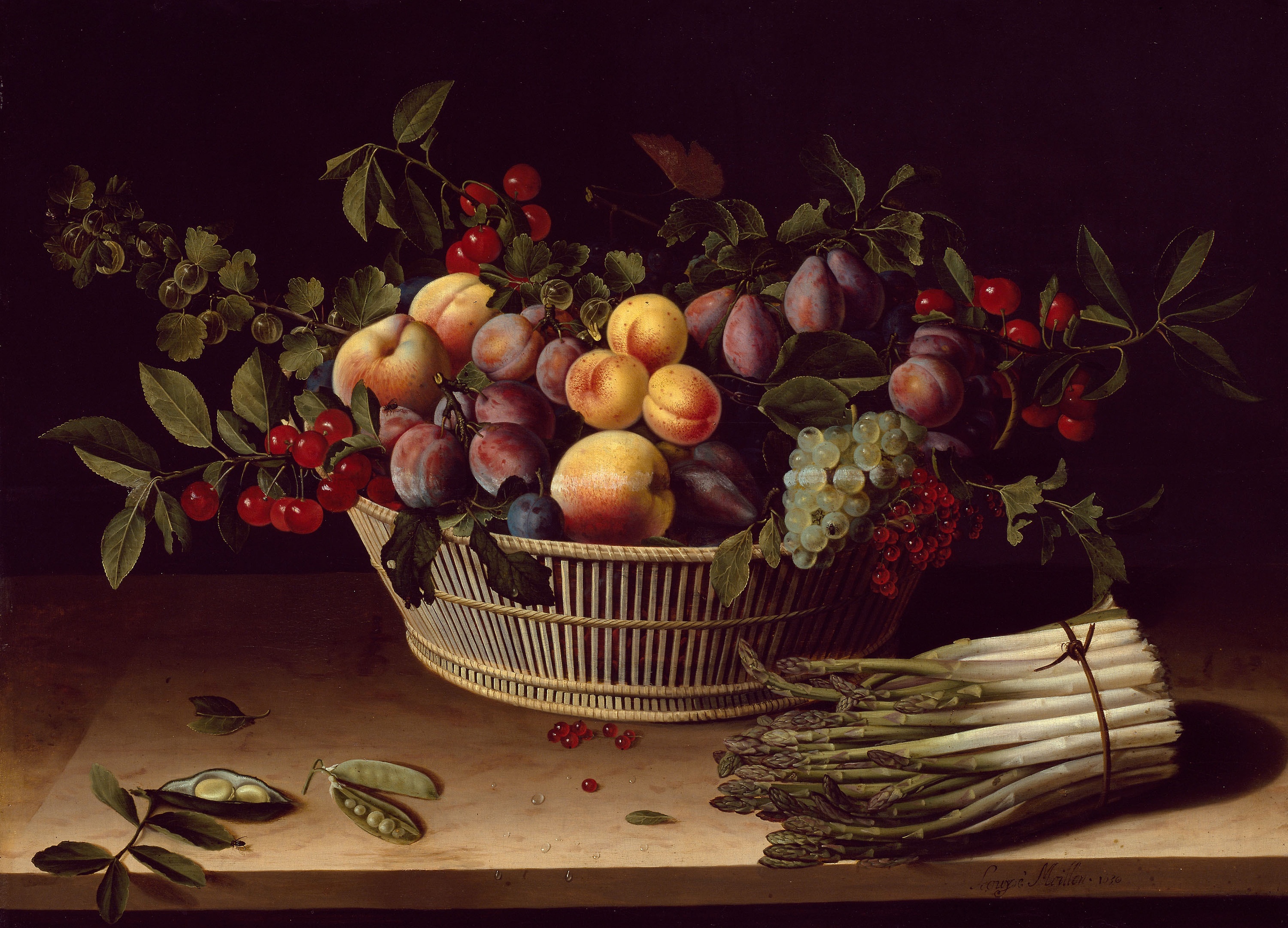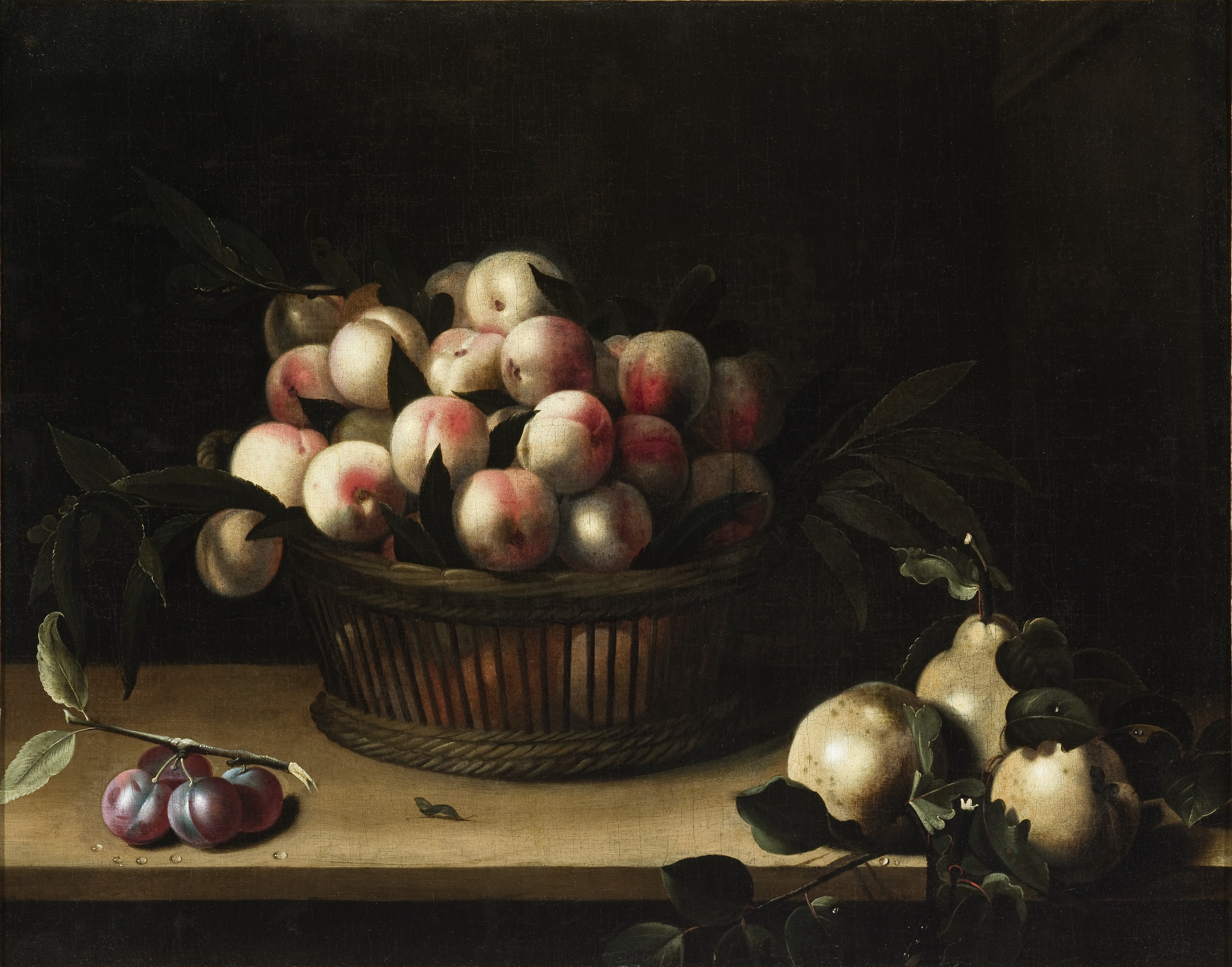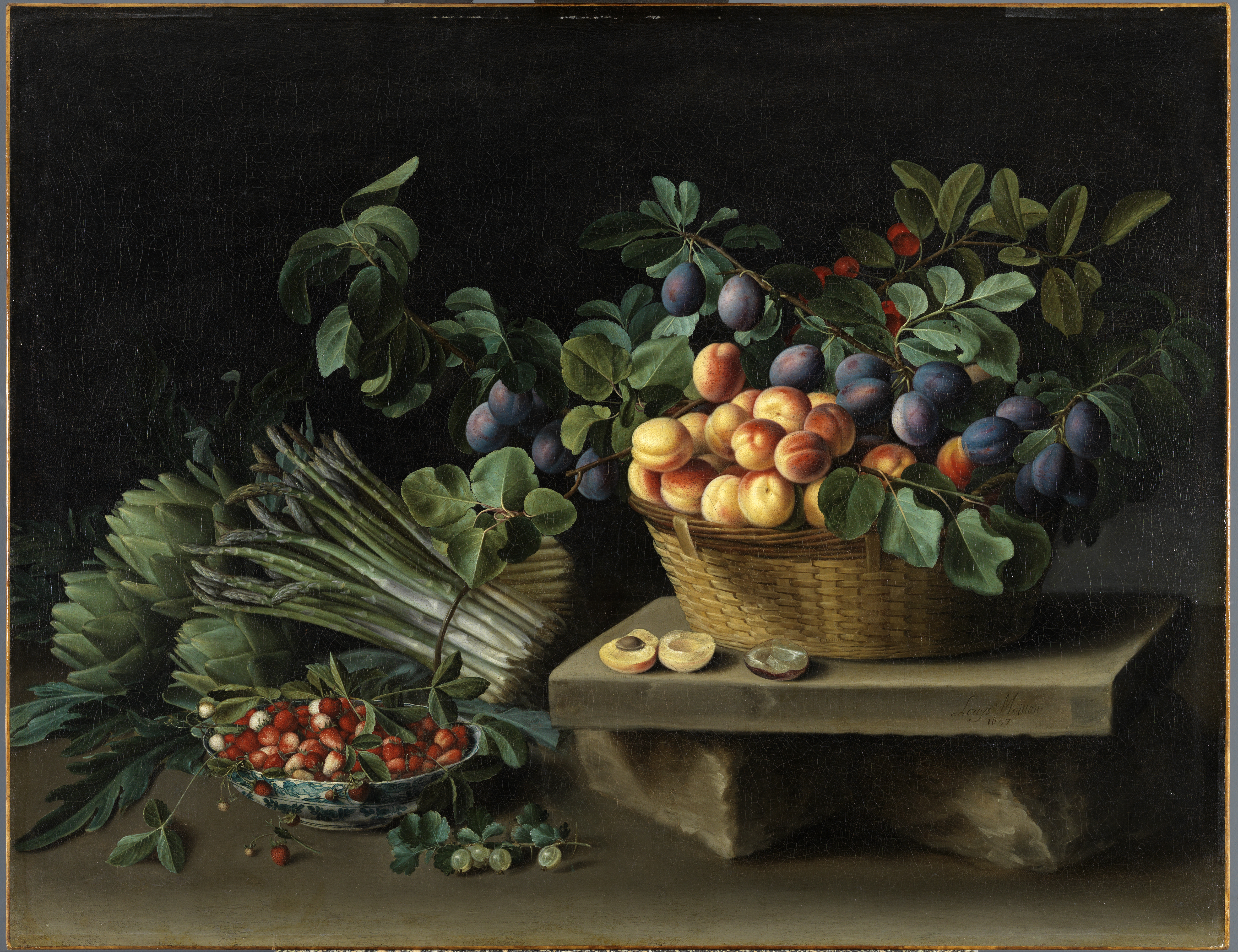Louise Moilon
Active in: France
Biography
Louise Moillon was a French artist who specialized in still life painting, especially paintings of fruit and vegetables placed in bowls, dishes, and baskets. She was a member of a Calvinist family of artists; her father, Nicholas Moillon (1555-1619), was a landscape and portrait painter, while her mother, Marie Gilbert, was the daughter of a goldsmith. Louise had seven siblings, including a brother, Isaac Moillon (1614-73), who was a painter in his own right.
After her father’s death in 1620, Louise’s mother married François Garnier (1600-72), a still-life painter. Garnier was Louise’s mentor and had a decisive influence on her decision to become a painter of still-lifes. Louise Moillon, however, eventually became more successful and more prolific than her step-father. Moillon’s style was further influenced by Dutch and Flemish still-life painters such as Jacob van Hulsdonck (1582-1647), Floris van Schooten (1590-1655), and Osias Beert (1580-1624). Moillon’s artistic milieu in the Saint-Germain-des-Prés quarter of Paris included many Protestant artists fleeing religious persecution in the southern Netherlands.
Moillon married the timber merchant Etienne Girardot in 1640 and painted less frequently thereafter. In 1685, two of Moillon’s children fled from France to avoid religious persecution following the Revocation of the Edict of Nantes. Moillon’s last dated work is from 1674, and she died in Paris in December 1696. Her work was very popular in her lifetime as her patrons included important figures such as Charles I of England (1600–1649) and members of the French nobility.
Selected Works

Louise Moillon, Still Life with a Basket of Fruit and a Bunch of Asparagus, 1630. Oil on canvas, 53.3 x 71.3 cm. Art Institute of Chicago.

Louise Moillon, Still Life with a Bowl of Curacao Oranges, 1634. Oil on panel, 46.4 x 64.8 cm. Norton Simon Museum, Pasadena.

Louise Moillon, Still Life with Cherries, Strawberries, and Gooseberries, 1630. Oil on panel, 32.1 x 48.6 cm. Norton Simon Museum, Pasadena.
Circle
Daughter of
painter Nicolas Moillon (1555-1619)
Sister of
painter Isaac Moillon (1614-73)
Stepdaughter of
painter Francois Garnier (1600-72)
Bibliography
Coyecque, E. “Notes sur divers peintres du XVIIe siècle.” Bulletin de la Société de l’Histoire de l’Art Francais (1940): 76-82.
Faré, Michel. La Nature morte en France: Son histoire et son évolution du XVIIe au XXe siècle, 2 vols. Geneva, 1962.
Faré, Michel. Le Grand Siècle de la nature morte en France: Le XVIIe siècle. Fribourg: Office du Livre, and Paris: Société Française du Livre, 1974.
Faré, Michel. “Trois peintres de fruits du temps de Louis XIII.” Connaissance des Arts, 1976.
Faré, Michel, and Fabrice Faré. “Louise Moillon, Les Girardot, marchands de bois parisiens et une oeuvre inédite de Louise Moillon.” Gazette des Beaux-Arts 108 (1986): 49-65.
Fine, Elsa Honig. Women & Art: A History of Women Painters and Sculptors from the Renaissance to the 20th Century. London: Allanheld & Schram, 1978.
Gaze, Delia. Dictionary of Women Artists. London and Chicago: Fitzroy Dearborn Publishers, 1997.
Greer, Germaine. The Obstacle Race: The Fortunes of Women Painters and Their Work. New York: Farrar, Straus, Giroux, 1979.
Heller, Nancy G. Women Artists: An Illustrated History. New York and London: Abbeville, 2003.
“Notable Works of Art Now on the Market: Supplement.” The Burlington Magazine 105, No. 723 (Jun. 1963): 1-14.
Parker, Rozsika and Griselda Pollock. Old Mistresses: Women, Art and Ideology. London: Routledge & Kegan Paul, 1981.
Scudéry, Georges de. Le Cabinet de Mr. de Scudéri gouverneur de Notre-Dame de la Garde. Paris: A. Courbé, 1646.
Sterling, Charles. La Nature morte de l’antiquité à nos jours. Paris: P. Tisné, 1952.
Wilhelm, Jacques. “Louise Moillon.” Oeil 21 (1956): 6-13.
Wright, Christopher. The French Painters of the Seventeenth Century. London: Orbis, 1985

